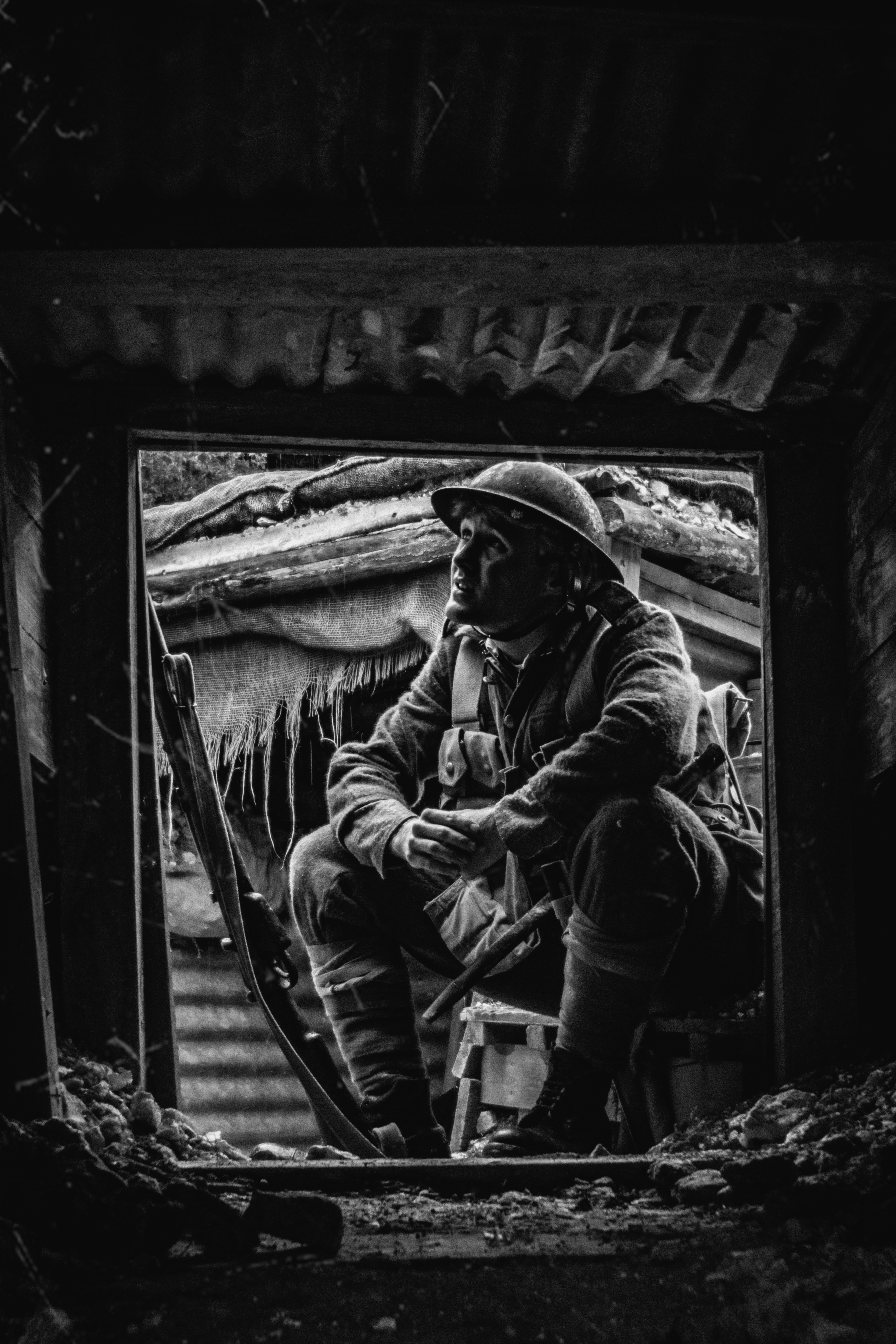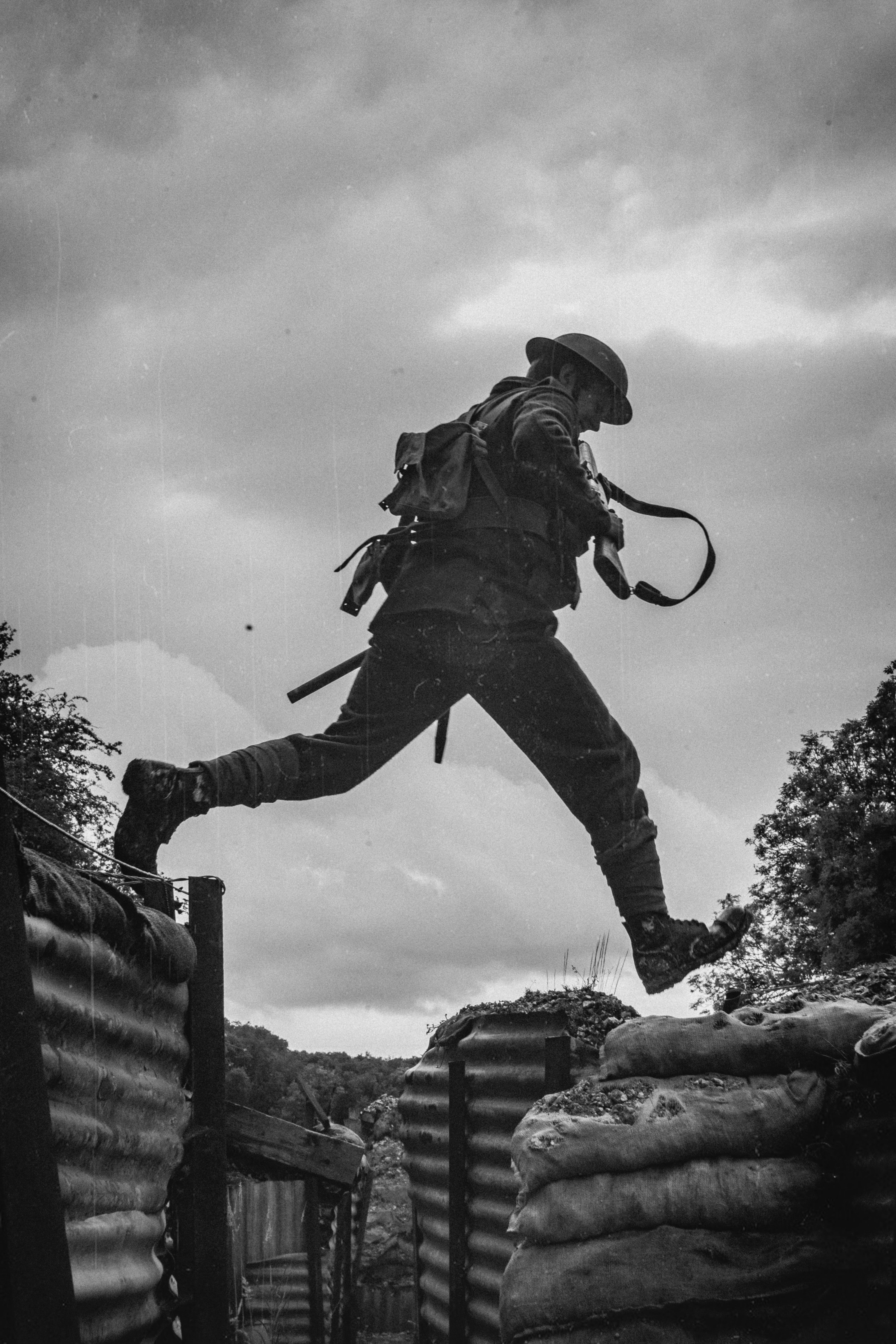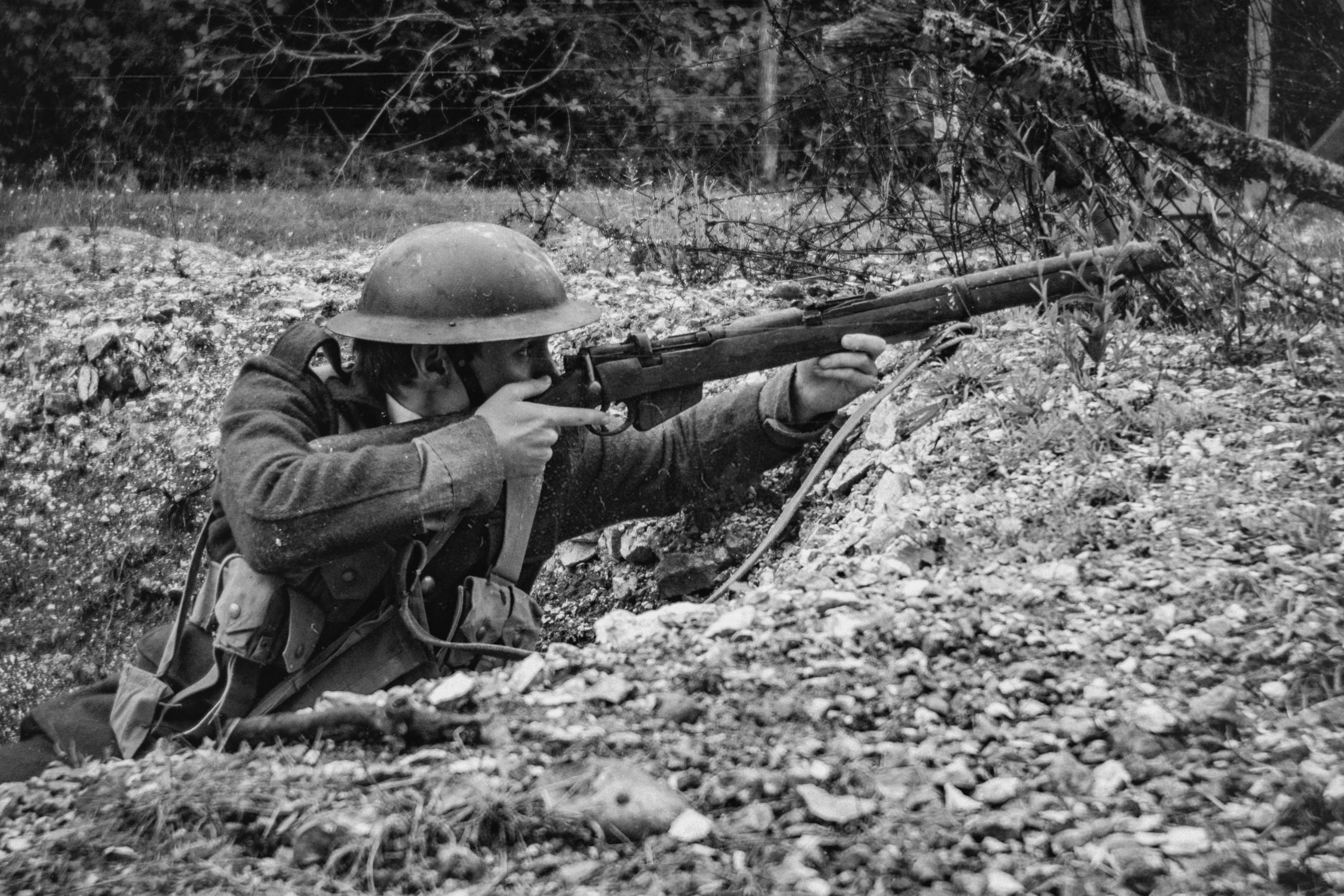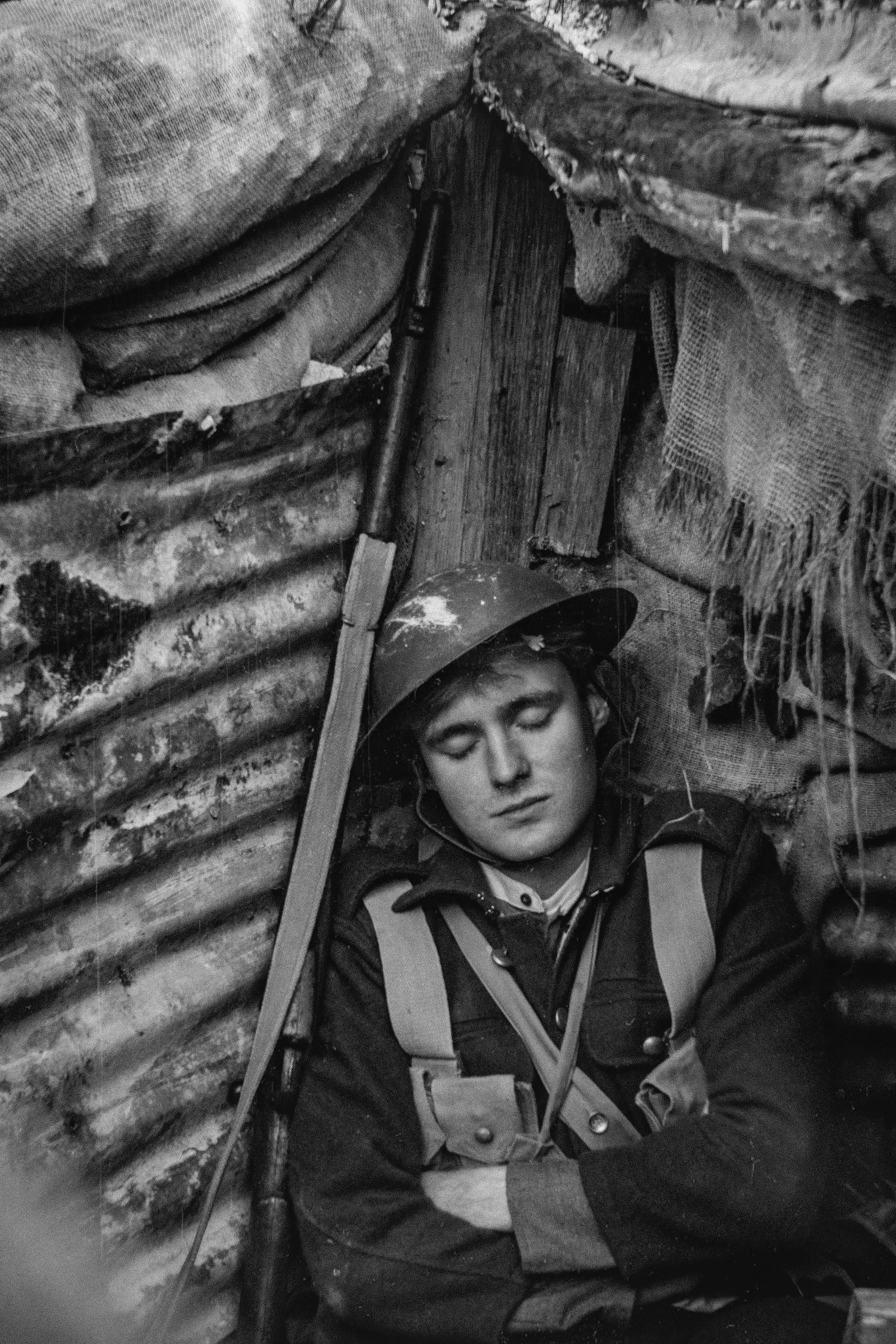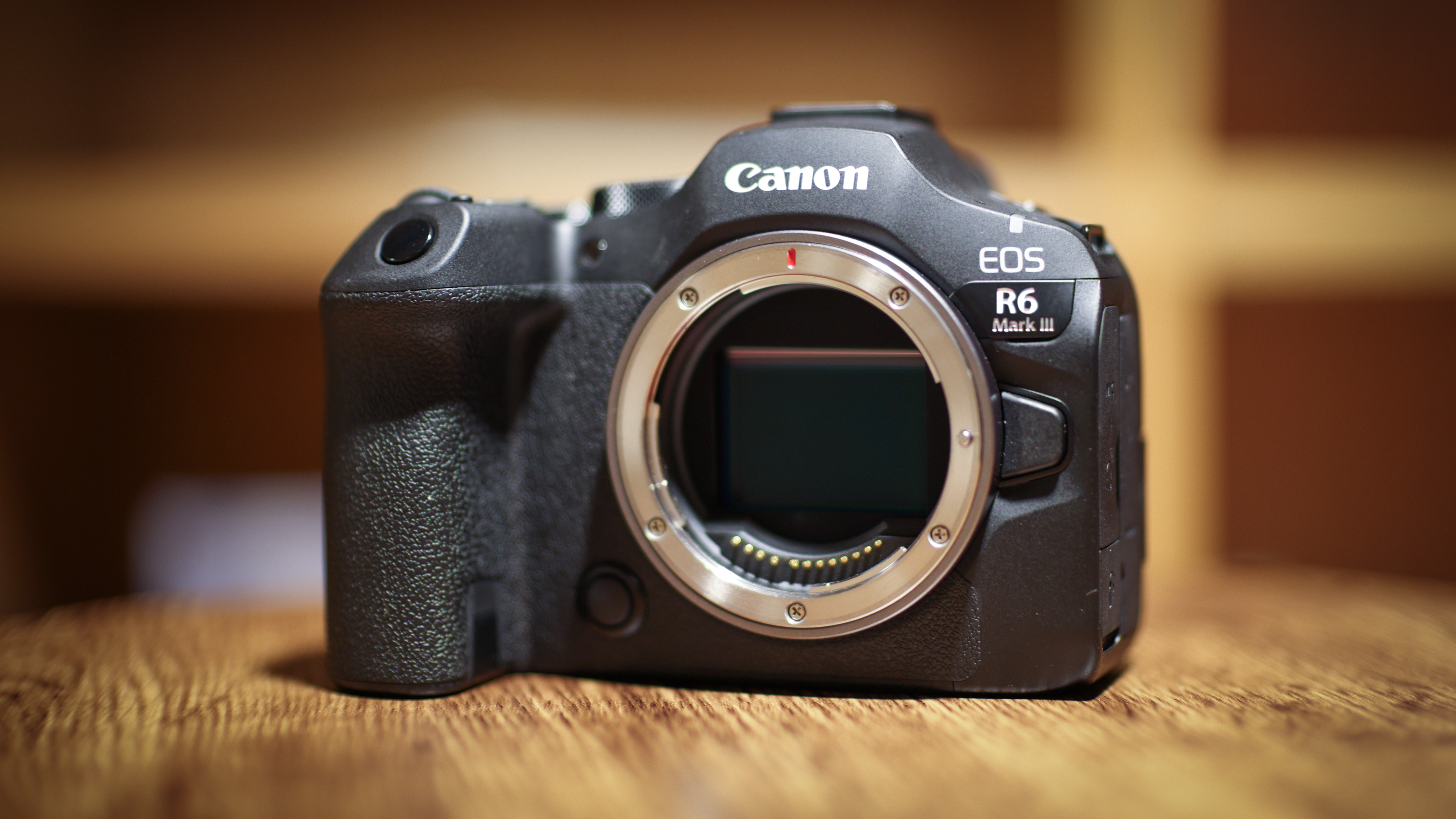I shot photos with a 108-year-old Kodak camera lens to commemorate the soldiers of WWI
Photographer Tom Calton adapted his Sony A7 IV to capture portraits through a 108-year-old Kodak lens
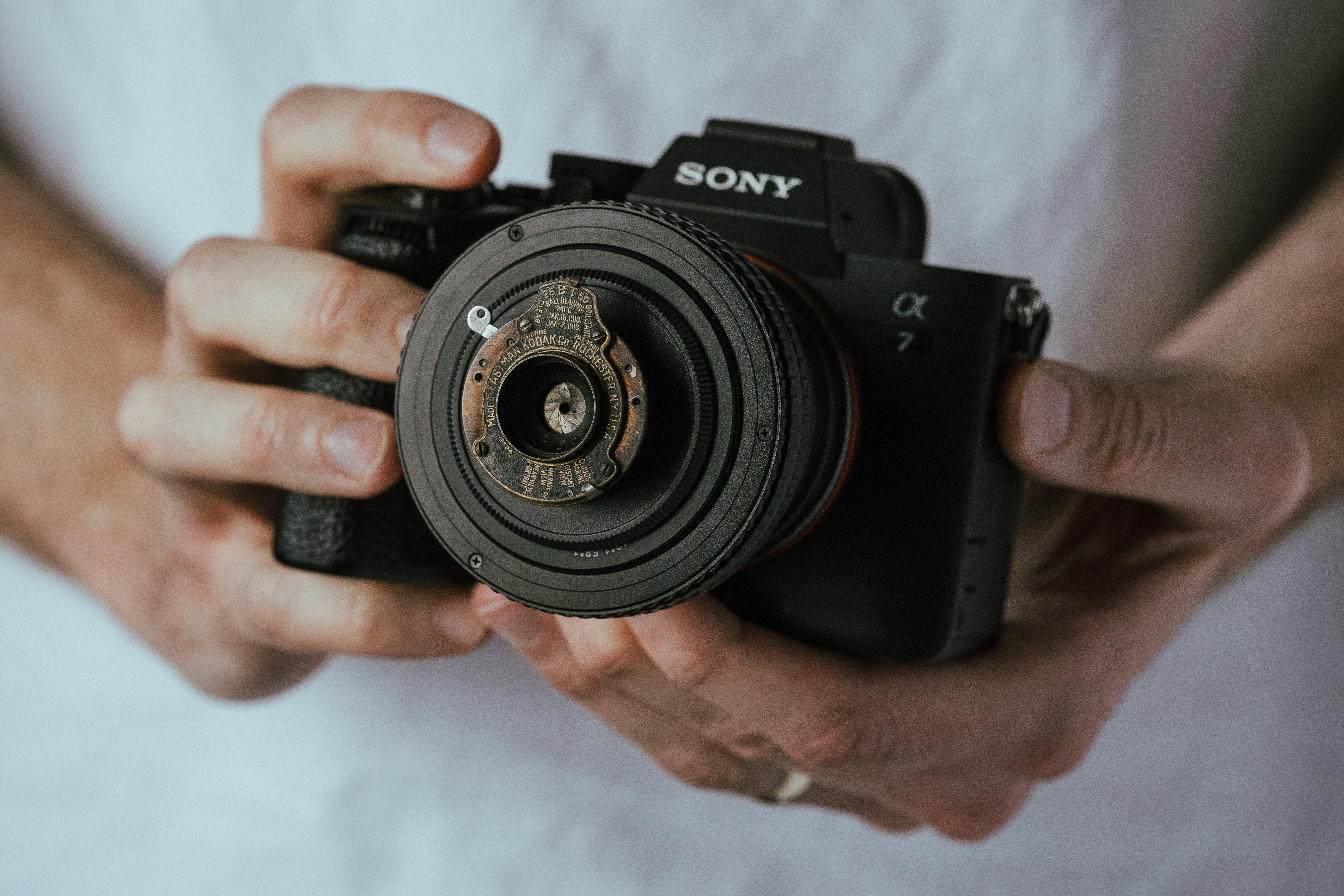
A new portrait series by photographer Tom Calton was made by repurposing a 100-year-old camera lens to commemorate British World War One soldiers.
During WWI soldiers were prohibited from using cameras and taking photographs of life in the trenches, however, many still did. They did so by using a small compact camera called the Kodak Vest Pocket film camera that was easy to conceal, and later became known as 'The soldier's camera'. Tom Calton, a photographer based in Peterborough, UK, has repurposed its otherwise fixed lens, adapting it to be used on a modern Sony mirrorless camera, in order to photograph a series of images that commemorate those who fought in the war, and those who defied instruction and photographed their experiences.
By dismantling the 108-year-old camera, Calton removed the lens from a Kodak Vest Pocket camera. Don't worry, no priceless antiques were hurt in this process! There were over two million of these cameras made and they are still easily available today. Calton mentions in the video that adapting the lens from c.1915, for his Sony A7 IV, one of the best Sony cameras in 2023, took a bit of work. It required constructing a mount adapter and making many focusing adjustments.
Watching photographers adapt older lenses to modern cameras is fascinating to me, most likely because I don't have the capacity to do so myself. But they also give so much character to the photographs, something that can sometimes get lost in modern photography with the demand for more pixels and sharper images.
The character of the lens can certainly be seen in the brand new photo series and YouTube video, that bridges the gap between past and present. The photo series took inspiration from the photographs of life in the trenches during WWI. The project was shot at Hawthorne Trench, one of the UK’s largest replica WWI trench systems, created to imitate those used at the Battle of the Somme. Dressed in the uniform of the period, actor Joshua Lendon was asked to evoke the spirit of the soldiers who fought on the front lines, using old archive images as a frame of reference. The result is a powerful echo of the realities of the young soldiers' lives in the trenches, during WWI.
Speaking on this latest project Calton says, "I wanted to pay homage to the sacrifices of those who served in the trenches during World War I," says Tom. "By adapting this historic lens to a modern camera, I aimed to capture the essence of the past while highlighting the advancements we've made in technology.".
There is something poetic in bringing an old lens out of retirement to do what it was built to do over one hundred years ago, taking photos in the trenches. There is no mention of it, but the exact lens used to create this new project could well have been attached to one of the cameras that was used to create the reference photographs!
The best camera deals, reviews, product advice, and unmissable photography news, direct to your inbox!
The photo series and the accompanying video are available now on YouTube and on Calton's website. Released on November 11 2023 at 11:11 GMT, as a nod to the Armistice Day agreement that marked the start of the end of World War 1. Lest we forget.
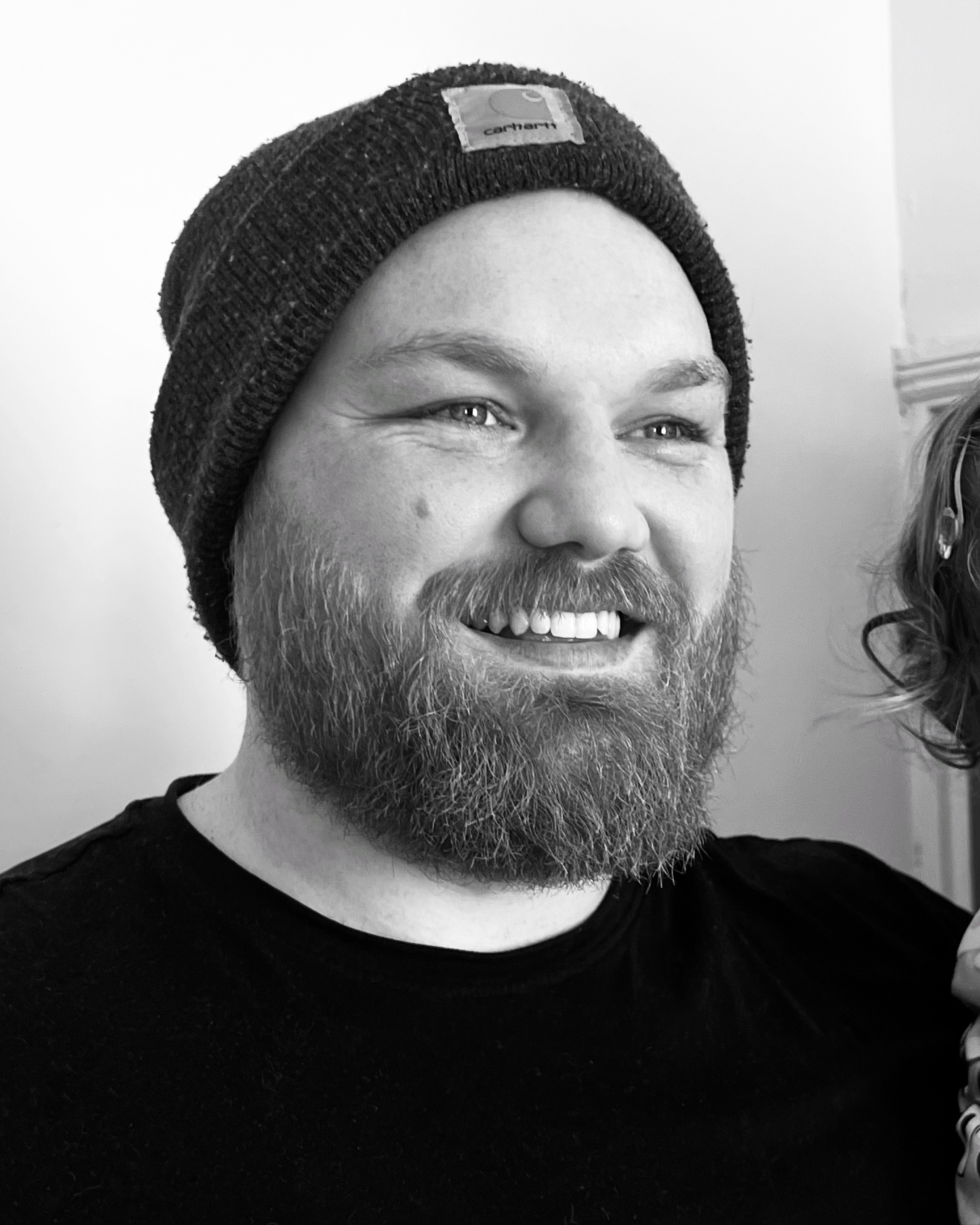
Kalum is a photographer, filmmaker, creative director, and writer with over 10 years of experience in visual storytelling. With a strong focus on photography books, curation, and photo editing, he blends a deep understanding of both contemporary and historical works.
Alongside his creative projects, Kalum writes about photography and filmmaking, interviewing industry professionals, showcasing emerging talent, and offering in-depth analyses of the art form. His work highlights the power of visual storytelling, fostering an appreciation for the impact of photography.
